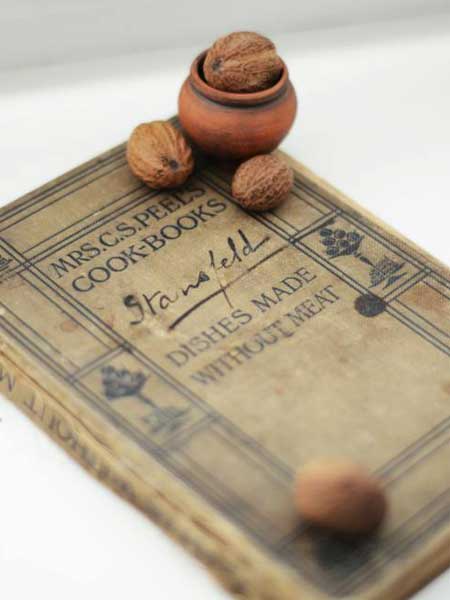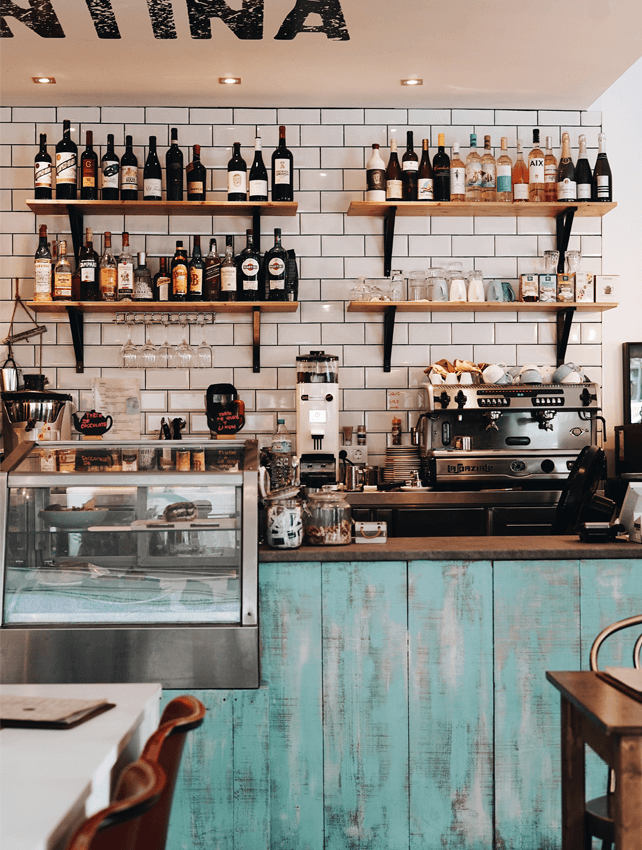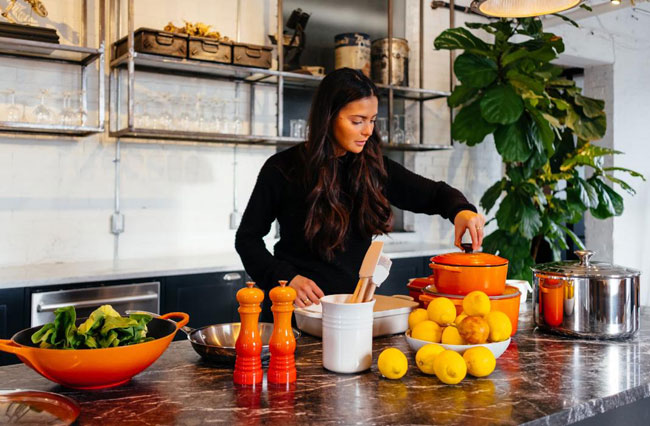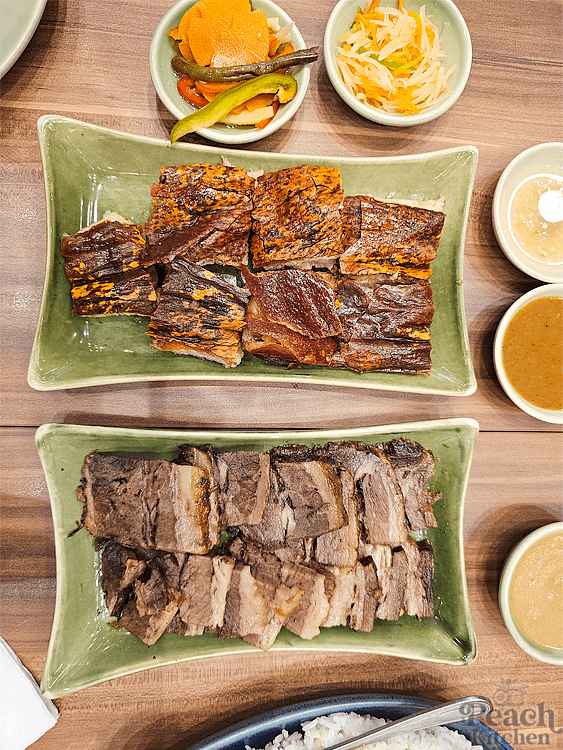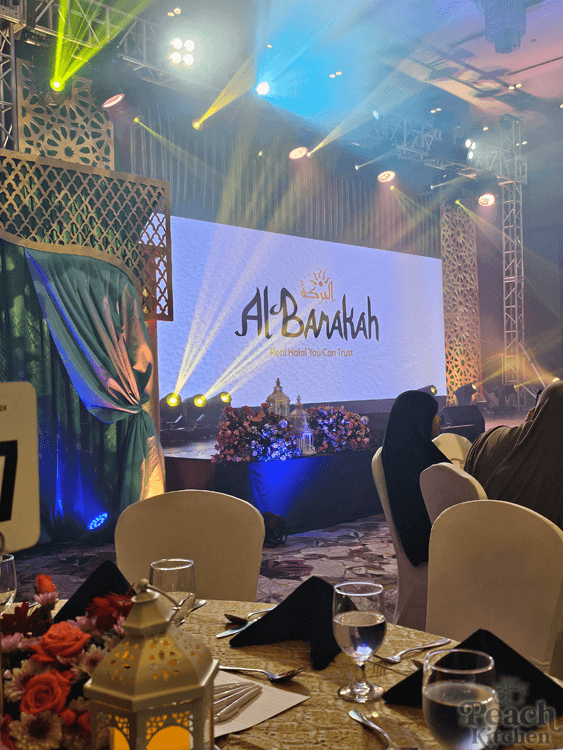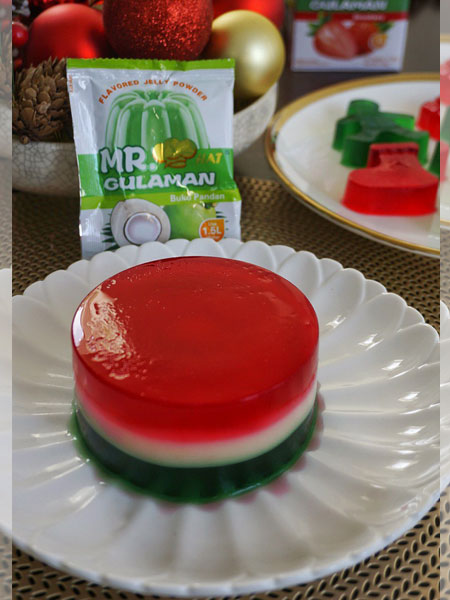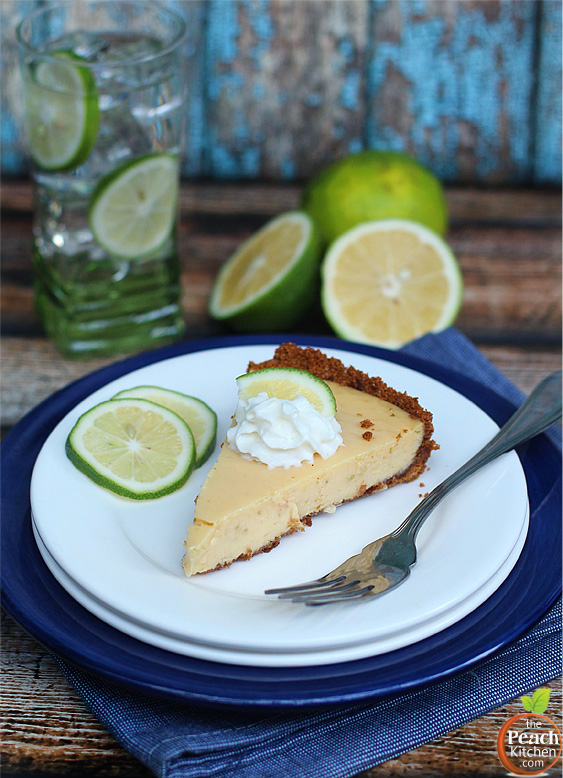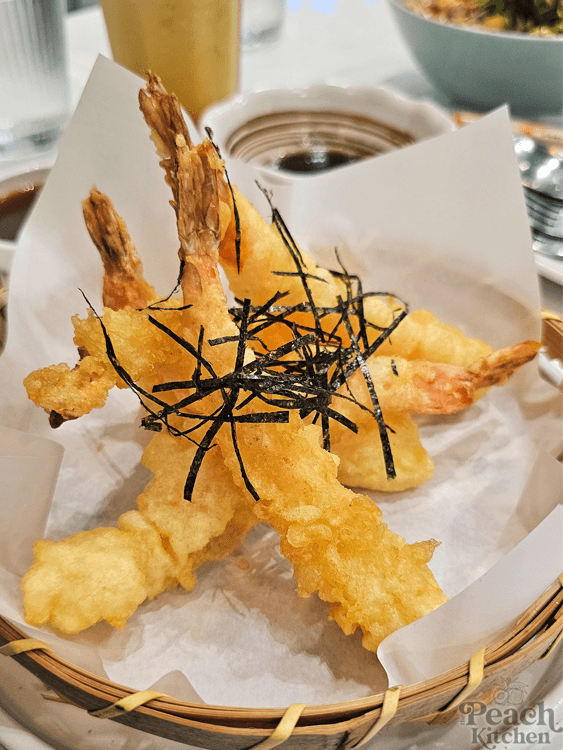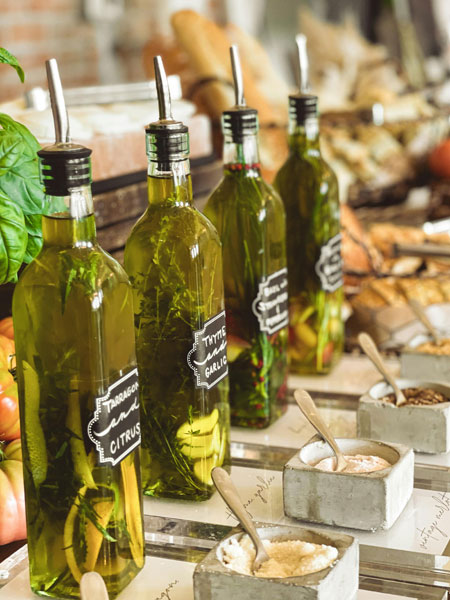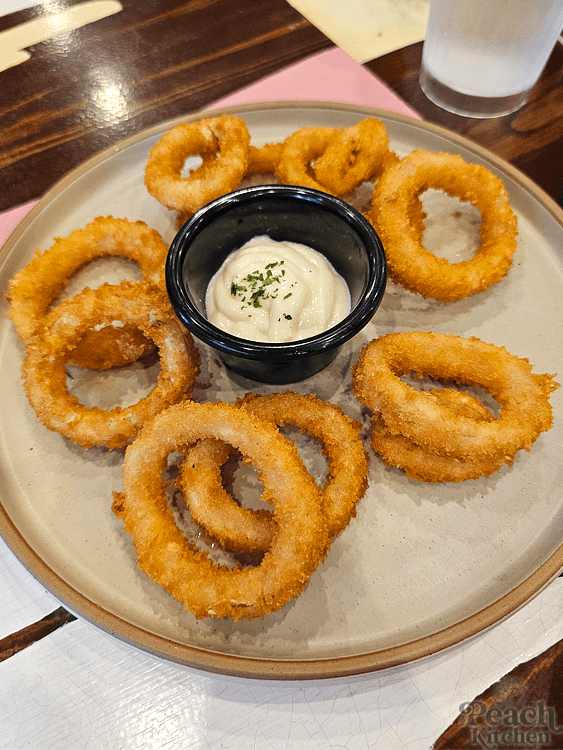
Embarking on the journey of writing a literature review for a cookbook is like preparing to cook a complex dish from a myriad of ingredients. Each component, or in this case, each piece of literature, must be chosen carefully and combined with skill to create a final product that is both satisfying and enlightening. But where does one start in this intricate process? Just as in cooking, the key lies in understanding your ingredients, tools, and the method to bring them all together. Whether you need to review literature or write essay on the subject, both require careful attention to detail. Let’s dive into the steps and strategies for crafting a comprehensive and engaging literature review for a cookbook.
Understanding the Scope
Why Start with Scope?
Imagine you’re planning a multi-course meal. You wouldn’t start without knowing the occasion, dietary preferences, or the number of guests, right? Similarly, defining the scope of your literature review sets the stage for all that follows. It involves determining the themes, time periods, cultural influences, and types of cookbooks you’ll consider. Are you focusing on traditional recipes passed down through generations or exploring the fusion of cuisines in modern cookbooks? Establishing clear boundaries is crucial to maintaining focus and relevance in your review.
Tips for Writing a Literature Review from an Excellent Student
First and foremost, grasp the essence of why literature reviews are written. They’re not just compilations of studies or a summary of available literature. They serve a higher purpose—synthesizing existing research to highlight trends, conflicts, and gaps in the literature. This understanding is the compass that will guide you through your research journey, ensuring you stay on track and maintain a focused direction. Leverage academic databases like Google Scholar, JSTOR, and subject-specific databases to find pertinent literature. Utilizing keywords effectively and understanding how to filter and refine search results are skills that can vastly improve the efficiency of your research. You can use such a key phrase as write my literature review to get to the EduBirdie platform, where you can request help in creating a literature review, this is also very powerful.
Identifying Sources
Where to Find the Ingredients?
The next step is akin to sourcing the best ingredients for your dish. In the context of a literature review, this means identifying the most relevant and influential cookbooks, articles, and other academic works related to your theme. Libraries, online databases, culinary institutes, and even interviews with chefs and food historians can be gold mines of information. Remember, the quality of your sources will significantly impact the richness of your review.
Analyzing the Literature
With your sources at hand, it’s time to start “cooking.” Analyzing the literature is not just about summarizing each cookbook or article. It’s about examining the trends, themes, techniques, and cultural significance within the culinary world. How have perceptions of healthy eating influenced cookbook publications over the years? What role do cookbooks play in preserving cultural heritage? This stage requires critical thinking and a keen eye for detail, allowing you to blend the individual flavors into a cohesive narrative.
Structuring Your Review
Layering Flavors for Maximum Impact
Just as a well-composed dish layers flavors, a well-structured literature review builds a narrative that guides the reader through your findings. This narrative should be organized under thematic headings and subheadings:
- Introduction to Culinary Traditions
- Evolution of Recipe Formats
- Cultural Influences on Cooking Techniques
- Health and Nutrition Trends in Cookbooks
- The Rise of Plant-Based Diets
- Nutritional Science and Recipe Development
- The Art and Science of Cooking
- Technological Advancements in Cooking
- The Fusion of Culinary Arts and Food Science
This structure not only helps readers navigate your review but also highlights the connections between different pieces of literature, revealing the broader trends and discussions within the culinary world.
Writing with Flair
Adding the Secret Ingredient: Your Voice
What makes a dish unforgettable? Often, it’s a chef’s unique twist on a classic recipe. Similarly, infusing your literature review with a conversational tone, personal insights, and engaging rhetorical devices can transform a standard review into a compelling narrative. Don’t shy away from using metaphors to draw parallels between culinary processes and academic research or from incorporating rhetorical questions to engage the reader’s curiosity.
Crafting a Strong Conclusion
Leaving a Lasting Taste
A strong conclusion ties all your findings together, offering insights and reflections on the current state of culinary literature and its future directions. Just as the final bite of a meal leaves a lasting impression, your conclusion should encapsulate the essence of your review, emphasizing its significance and the gaps or opportunities for further research.
In Summary
Writing a literature review for a cookbook is an artful endeavor that blends analytical rigor with creative storytelling. By carefully defining your scope, sourcing quality literature, analyzing trends and themes, structuring your narrative, and infusing your writing with personality, you can craft a review that is both informative and engaging. Like any great meal, a well-prepared literature review leaves the reader satisfied, enlightened, and eager for more.

